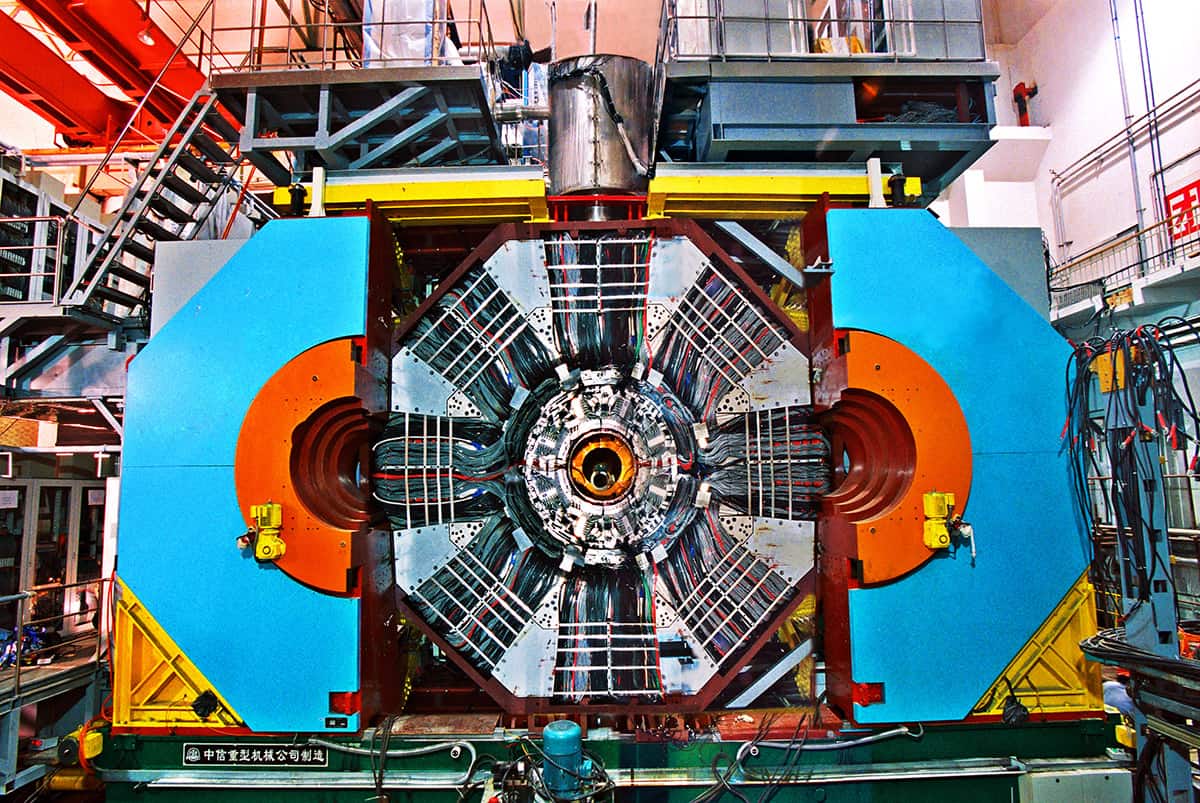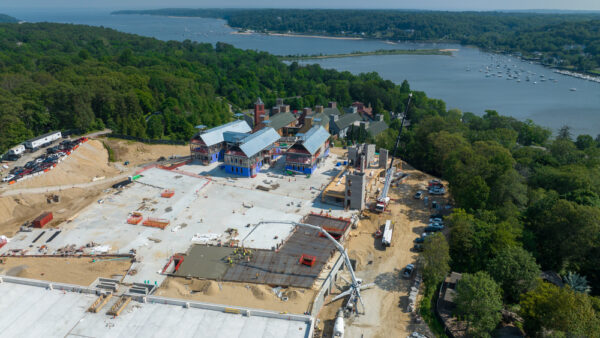
China is planning to spend $620m building a particle accelerator that will try to answer fundamental puzzles in basic physics, such as how quarks interact to form protons and neutrons, and why there is more matter than anti-matter in the universe.
The South China Morning Post reports that the Super Tau-Charm Facility (STCF) will work by accelerating electrons and their anti-matter twins, known as positrons, to near light speed, then smashing them together. This interaction will produce two kinds of elementary particles: tau leptons and charm quarks.
According to a 2020 paper setting out the case for the facility, the study of these particles constitutes “one of the most important energy regions in the research of particle physics due to its unique properties, rich frontier topics and great potential for scientific discovery”.
The project is being developed by an international team made up of scientists from the US, Russia, South Korea, and several European countries, as well as China.
Zhao Zhengguo is the project’s chief scientist, and a professor of physics at the University of Science and Technology of China, in the eastern city of Hefei. He told the China Science Daily that the accelerator would “allow China to lead the world in tau–charm physics and related technologies for decades to come”.
He continued: “It will also address cutting-edge scientific questions such as the nature of strong interaction, and why the universe is dominated by matter instead of antimatter.”
The accelerator would be built somewhere in southern China and, if the project is approved by the National Development and Reform Commission, work could be completed by the end of the 2026-30 Five-Year Plan. As well as Hefei, possible sites have been identified in Shaoxing in Zhejiang province and Zhengzhou in Henan province
The facility will supersede the Beijing Electron Positron Collider, which has been running since 1990, and which is credited with achieving the first precise measurement of the tau lepton’s mass in the 1990s.
The STCF will have a similar design but will be more than twice the size. The linear accelerator will be 400m long, and the rings for “storing” electrons and positrons would each be about 800m in circumference. When complete, it will be able to collect in three days what the Beijing facility requires a year to gather.
As well as the accelerator, the project will require development in other technologies, such as high-power electron and positron sources, superconducting magnets, high-precision detectors and “ultra-fast/ultra-weak” signal detection systems.
SCMP notes that the SCTF may face competition from a more ambitious domestic proposal known as the Circular Electron Positron Collider, which will be a next-generation Higgs factory led by China with a 100km collision ring (see further reading).
Further reading:






